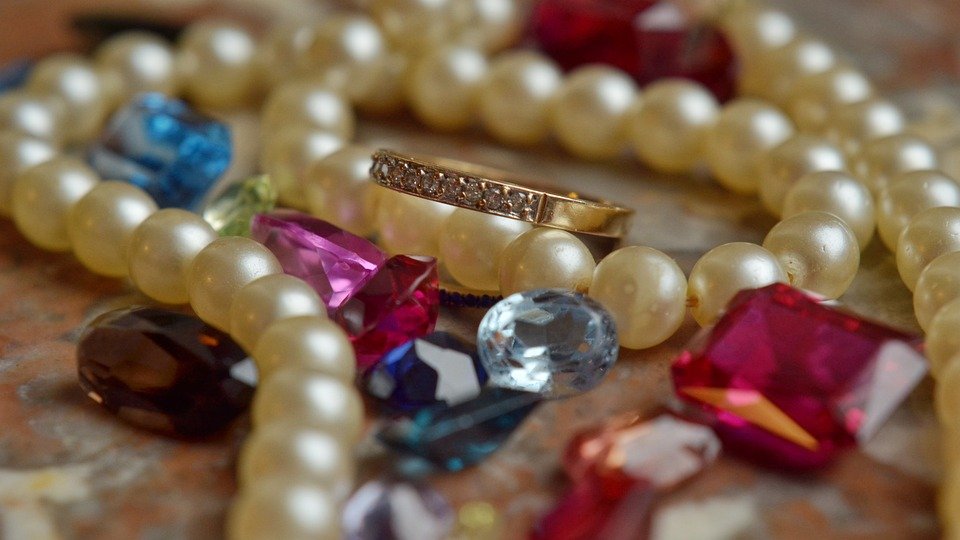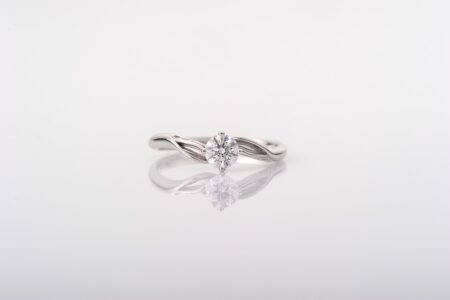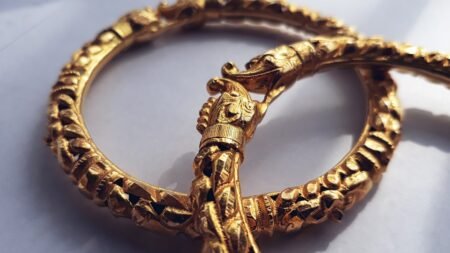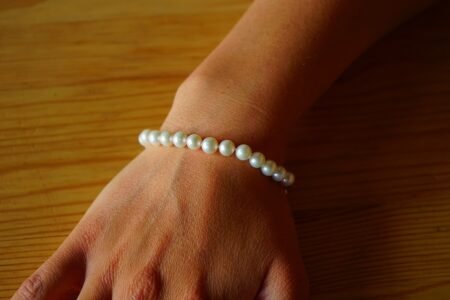
The History and Symbolism of Necklaces: From Ancient Times to Modern Fashion
Necklaces have been worn by humans for thousands of years, serving as both decorative pieces and symbols of various cultural and societal meanings. From ancient times to modern fashion, necklaces have played a significant role in human history, showcasing personal style and reflecting the values and traditions of different civilizations. In this article, we will delve into the fascinating history and symbolism of necklaces, exploring their evolution from simple adornments to intricate works of art.
Ancient Origins of Necklaces
The origin of necklaces can be traced back to ancient civilizations such as Egypt, Mesopotamia, and Greece. In these early societies, necklaces were crafted from natural materials like shells, bones, stones, and plant fibers. These primitive necklaces were worn for various purposes, including spiritual and religious rituals, as well as to denote social status and wealth.
In Egypt, necklaces were highly prized and often associated with the afterlife. The ancient Egyptians believed that necklaces had protective qualities and could ward off evil spirits. They adorned themselves with intricate collar necklaces made of gold, precious gemstones, and beads. These collars, known as “usekh,” were considered a symbol of royalty and power.
Symbolism and Cultural Significance
Throughout history, necklaces have held deep symbolism and cultural significance. In many ancient cultures, necklaces were considered talismans, believed to bring good luck, protection, and prosperity to the wearer. In some societies, necklaces were used as amulets to ward off evil or to display religious beliefs.
In Greek mythology, necklaces played a prominent role. The story of Pandora’s Box tells of a necklace given to Pandora as a gift from the gods. This necklace, known as “pandora,” contained all the evils of the world. When Pandora opened the box, she unleashed chaos and suffering upon humanity.
Different Cultures, Different Styles
As civilizations developed, so did the styles and materials used in necklace designs. Ancient Romans favored necklaces made of pearls, while the Chinese crafted necklaces from jade and other precious stones. Native American tribes created intricate beadwork necklaces, often incorporating symbolic patterns and colors.
In the Middle Ages, necklaces became more ornate and intricate, reflecting the wealth and social status of the wearer. Necklaces adorned with pearls, gemstones, and intricately woven gold or silver chains were popular among the nobility and upper classes.
Modern Fashion Trends
In modern times, necklaces continue to be a popular fashion accessory, worn by both men and women. From delicate chains with simple pendants to bold statement pieces, necklaces come in a wide range of styles, materials, and designs.
The symbolism of necklaces has also evolved in contemporary culture. Many people choose necklaces that represent their personal beliefs, interests, or commemorate significant life events. Religious symbols, birthstones, and personalized initials are just a few examples of the symbolism that necklaces can hold in today’s fashion landscape.
The necklace, a timeless and versatile accessory, has stood the test of time, transcending cultures and eras. Whether worn for fashion or to convey personal meaning, necklaces continue to be a cherished and treasured part of human adornment.












